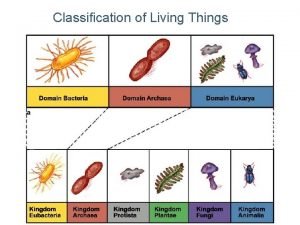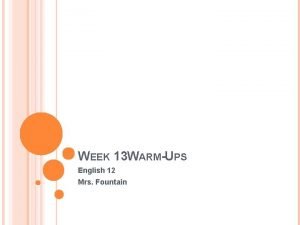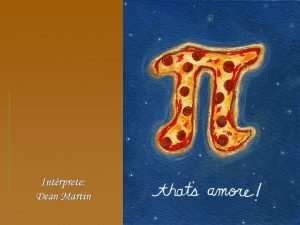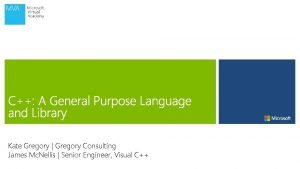Of All Things Why an IISCA Gregory P










- Slides: 10

Of All Things, Why an IISCA? Gregory P. Hanley. Ph. D. , BCBA-D FA symp. Co-discussant May, 2016 For more information, go to: www. practicalfunctionalassessment. com

Agreement 1. We agree that problem behavior is a learned response under control of environmental contingencies. 2. We agree that an analysis should be part of the functional assessment process. 3. We agree that Harleys are better than Hondas. 4. We agree that Wayne is taller and Joshua is better looking

Disagreement When confronted with SPB, Wayne et al. recommends conducting a functional analysis with these features: Multiple test conditions Kinda individualized test conditions Isolated test contingencies Toy-play control conditions Reinforce dangerous behavior *with conduct of more personalized analysis following failure of this more generic analysis When confronted with SPB, my team recommends conducting an open-ended interview and then an informed analysis with these features: Single-test condition I Individualized test conditions I Synthesized contingencies S Test-matched control C Reinforce precursors to A and dangerous behavior

Disagreement Wayne and many others believe that a standard functional analysis is a gold standard. I think: Oh my science.

Main assertion When there are different outcomes between two analyses, the one that has been around longer does not necessarily trump the findings of the other. The truth can be found in effective action. - Treatment effects - Speed of process - Acceptability/adoptability of practice

Why an IISCA? Because interactions exist. 1. Because interacting contingencies are prevalent and usually more powerful than isolated contingencies • We are seeing them now because we are looking for them • But they have been in the literature without a name since 1965 (e. g. , Sailor et al. ) – Slaton et al. , under review, JABA

Why an IISCA? Because it works . 2. It is faster – 25 min for analysis; 1 -2 hours for FA process in 80% of cases • Jessel et al. , in press, JABA 3. It yields strong control more often – It is safe for use in many more contexts (e. g. , homes, classrooms) – It allows for practical, function-based Rx w/o Pun or Arb Sr • See Hanley et al. , 2014; Santiago et al. , 2015, Ghaemmaghami et al. in press, JABA – It allows for delay tolerance training to occur under challenging conditions (this promotes generality of treatment) • See Ghaemmaghami et al. , in press, JABA

Why an IISCA? Because it works . 4. It is differentiated more often • See Slaton et al. (today) & Hagopian et al. , 2013 5. It yields socially validated outcomes • See Hanley et al. , 2014, : Santiago et al. , 2015 As of yet, not seen with treatments from standard analyses 6. Because functional analysis has been around for over 50 years and even most BCBAs are not conducting them when confronted with severe problem behavior • Ellingson et al. , 1999; Oliver et al. , 2015; Roscoe et al. , 2015

Why an IISCA? Because it affords me the right knowledge. 7. Because there always things you won’t know about the controlling variables for problem behavior What are you willing to not know? Know that you can turn off problem behavior in your analysis.

For more information go to: www. practicalfunctionalassessment. com
 Iisca
Iisca Pictures
Pictures 7 processes of living things
7 processes of living things Name a line containing point a
Name a line containing point a Don't ask why why why
Don't ask why why why Venn diagram of living and nonliving things
Venn diagram of living and nonliving things All things are yours
All things are yours Why do we classify living things
Why do we classify living things Tissue are grouped together to form various
Tissue are grouped together to form various All things are yours and you are christ's
All things are yours and you are christ's All things considered being a senior offers a student
All things considered being a senior offers a student



















